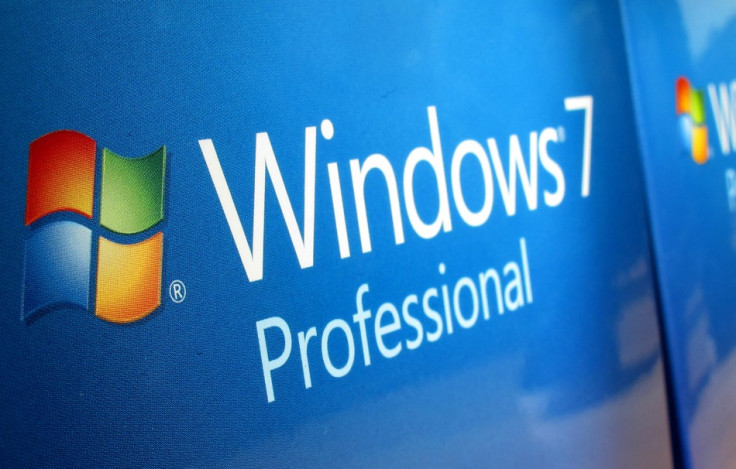Microsoft Windows 7 mainstream support ending 13 January: What you need to know

Microsoft's popular Windows 7 computer operating platform is to exit the mainstream support phase and enter the extended support stage in January 2015.
The Redmond-based company will port the existing Windows 7 users to the operating system's extended support phase starting 13 January 2015, along with transferring the Exchange Server 2010 Enterprise and Standard editions, to extended support stage.
Key Windows 7 pointers you need to keep in mind:
- Mainstream support: This phase generally lasts for five years from the date of launch of any of Microsoft's PC operating systems. During this period, the company will provide security fixes free of cost, along with updates (including hotfix).
- The above aspects ensure that your Windows 7 version is up to date, and has received the latest fixes for known issues.
- Extended support: Any OS that reaches the end of mainstream support, then moves to Microsoft's extended support phase wherein Microsoft will not accept design-change requests or provide new features that are raised by developers.
- End of support phase: After extended support stage, which also lasts for five years, an OS will reach the end of support stage where security fixes/updates are not provided by Microsoft.
- Windows XP is a classic example of a system that reached this phase on 31 April 2014.
- Windows 7 is slated to reach end of support stage on 14 January 2020.
Will my Windows 7 run normally during extended support phase?
Yes, your OS will function normally. You will also receive updates to known issues. However, the OS will not receive new features developed by Microsoft/third-party developers.
If you own an organisation that runs computers using Windows 7, you will receive stability enhancements only if you have inked support contract deals during the purchase of Windows 7 enterprise-based licenses.
Apart from the above, the 13 January deadline for Windows 7, is a clear indicator that only half a decade is left before the OS is completely killed by Microsoft.
Besides, you still have half a decade to make a transition to a newer Windows OS which at the moment is the highly talked about Windows 10.
You can also expect Windows 7 support (not mainstream though) to be continued even after five years, as the company supported its then popular OS Windows XP for close to 13 years.
Anticipation builds up for Windows 10
Windows 10 has become the talk of the town even before its official release. One factor that has contributed to the increased hype and anticipation for the OS, is the new Mini Start Button that Microsoft will incorporate within the OS.
Another anticipated aspect is the personal digital assistant (PDA) Cortana, which is expected to reside full-time within the OS, in the form of an exclusive launchable application.
Also, on desktops, the new Windows interface is expected to boot as default rather than letting users choose between the traditional Windows and metro-style user interfaces.
The new Windows OS, once official, is also expected to dynamically fit in the device which it runs.
The Linux-like multiple desktop support is also a feature to check for, within Windows 10.
A Technical Preview of Microsoft's new Windows 10 was launched earlier in the month, and is available for official download.
Windows 10 expected to be available as direct upgrade to Windows 7 and Windows 8/8.1 users
According to an official tweet by Microsoft's Insider head-honcho Gabriel Aul, Windows 7 and newer OSes support full upgrade installation paths, whereas users stuck on older Windows platforms will have to upgrade to the newest OS via Microsoft's standalone ISO.
Along with providing direct upgrade paths, Windows 8 users [particularly those running the comparatively newer Windows 8.1] will be able to upgrade to Windows 10 free of cost, according to a Softpedia report.
The Softpedia report [quoting unnamed sources] states that users running Windows 7, which still drives nearly 50% of the world's computers, would have to pay a nominal sum to obtain and run Redmond's newest desktop OS.
However, those using XP and Vista would have to pay the entire cost of the Windows 10 software for an upgrade.
© Copyright IBTimes 2025. All rights reserved.





















